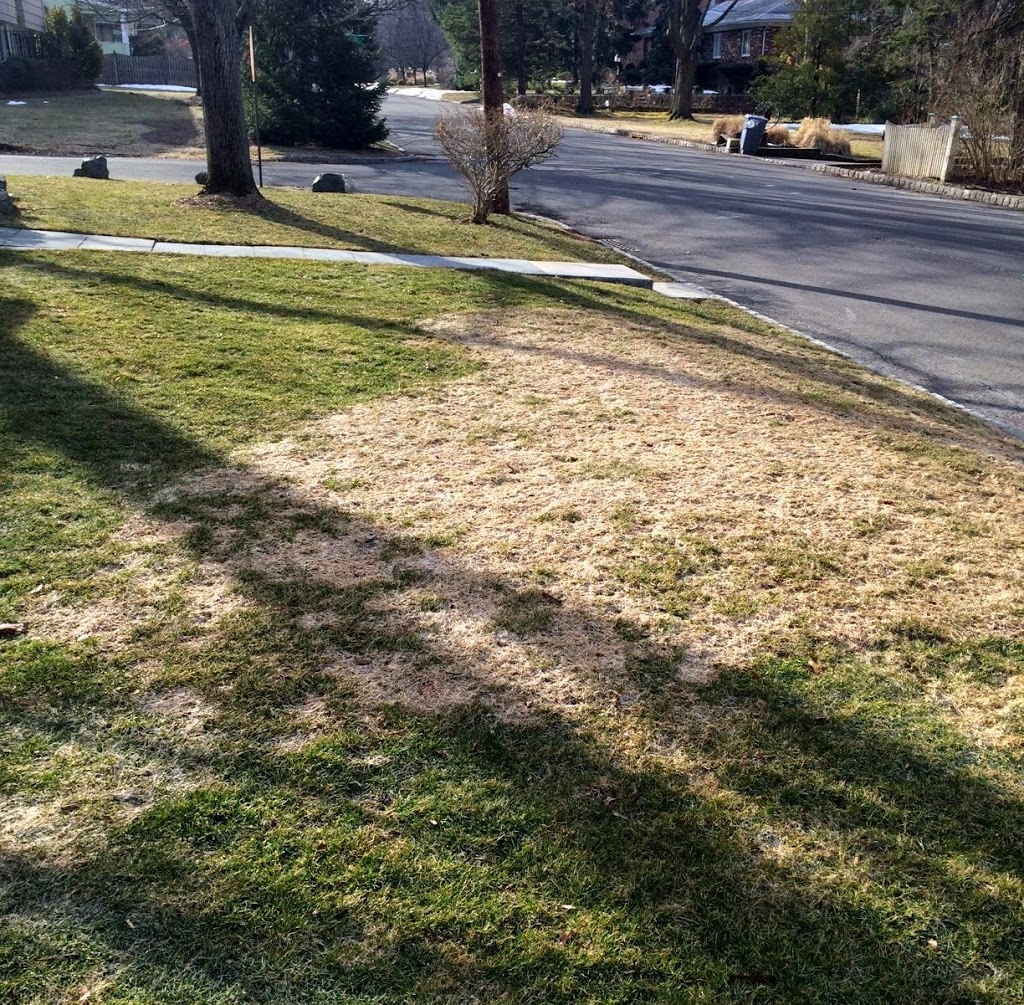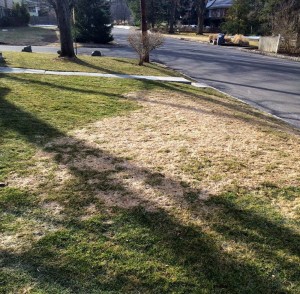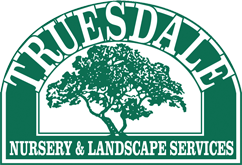
08 Apr With Early Spring Comes Snow Mold
 This Dreaded Fungus Can Destroy A Beautiful Lawn . . . If The Proper Measures Aren’t Immediately Taken
This Dreaded Fungus Can Destroy A Beautiful Lawn . . . If The Proper Measures Aren’t Immediately Taken
The arrival of early spring and the renewal of your lawn and landscaping can also bring with it a dreaded problem regarding the former — snow mold.
Snow mold is just that — a lawn disease caused by a fungus, and which becomes apparent when the snow melts in spring. Snow mold is caused when there is an extended period of snow cover on ground that is not completely frozen.
Snow mold is either gray or pink. While the pink snow mold infects the crown of the plant and can cause more severe injury than gray snow mold, which only infects the leaf tissue, both can be a huge problem when it comes to the health and beauty of your lawn.
“Snow mold can be one of the more destructive enemies to a lawn,” notes Ralph Dinizo, President of Truesdale Nursery & Landscape Services of Berkeley Heights, N.J. “But with proper early spring attention, this potential problem can quickly be eliminated.”
The best answer to combat and remove snow mold is de-thatching.
What de-thatching does is bring the fungus to the lawn surface so it can dry and not cause further damage. Once it dries, a simple pass of the lawnmower will literally blow it into the air and disappear.
This de-thatching process also takes care of any thatch problem. While a small quantity of thatch is quite normal and can be healthy for your lawn (keeping crabgrass and other weed populations down, while also protecting turf from traffic damage), too much thatch encourages rooting problems, diseases, irrigation problems and even pest infestations. Sometimes, a lawn builds up too much thatch, and the dead material must then be removed to ensure the continued health of a lawn bed.
The general rule of thumb is lawns with 1/2 inch of thatch or less are unlikely to have problems, but once the thatch layer is greater than a 1/2 inch, it can creates a multitude of problems for your lawn.
Removal
Fortunately, thatch removal is a fairly simple task and can be handled with de-thatchers or vertical mowers, mechanical devices that physically remove the material. But don’t dig too deep into your lawn, as these tools can actually tear out the roots entirely. Regardless, expect to do some overseeding and/or spot seeding after de-thatching.
Pre-Winter Preparation
Of course the best defense is a good offense, and this means taking measures in the fall to prevent your lawn from snow mold damage over the winter. Proper fertilizing to address this is required, and it’s best to consult with your local landscaper or nursery for the best answers, as often a “do-it-yourself” approach when it comes to the delicate balance of fertilizing your lawn can result in further damage if not done correctly.


